
Did you know that a few dog breeds have a unique looking coat in the form of long cords, very similar to dreadlocks? These cords create a weather resistant shield that is very useful for these herding and hunting doggies. In most cases, this unusual type of coating develops naturally, but it requires a little assistance to be formed properly and, of course, a lot of care. So, here's the list of the five amazing looking rasta dogs!
 Credit: "Komondor" by Nikki68, licensed under CC BY 2.5
Credit: "Komondor" by Nikki68, licensed under CC BY 2.5
The Komondor is an old breed from Hungary. The name derives from Koman-dor, meaning "Cuman dog. Cumans were nomadic people who settled in Hungary during the 12th and 13th century and introduced this curious dog breed. It is also sometimes called “Mop Dog” for obvious reasons. This peculiar breed of dog was used to protect flocks of sheep in the hills of the country, an occupation it still maintains today. It is also used for protecting sheep in the western US.
This is a large animal (25.5 to 27.5 inches, 75-100 pounds) with a strong, muscular body. Komondors have a coat that is naturally corded and the tangles of fur form hanging mats that look like real dreadlocks. Help is needed though in separating the cords so the dog does not turn into one large matted mess. This unique look requires special care. If the dog gets wet, it might take him up to two days to dry! Komondor puppies can be active and playful, but adults are calmer and only require a couple of brisk walks every day.
Komondors are very independent individuals, they can, however be trained with a fun and structured training programme. They should socialize from an early age because they are naturally very protective dogs and don't like strangers very much. This breed will most likely bark at any perceived threats.
The Komondor dog breed is best suited for experienced dog owners who will be able to meet its special grooming needs.
 Credit:"Bergamasco on an Italian Alp" by Luigi Guidobono Cavalchini (Josephine06), licensed under CC BY 3.0
Credit:"Bergamasco on an Italian Alp" by Luigi Guidobono Cavalchini (Josephine06), licensed under CC BY 3.0
The Bergamasco Shepherd is an old breed from the Italian Alps. The total number of these dogs was especially great in the Bergamasca valleys, where the breeding of sheep was highly developed. It is believed that their ancestors originated in ancient Persia. These strong and vigorous sheepdogs worked side by side with the nomads to tend and protect the sheep flocks. As nomadic populations moved west to Europe and finally settled in the Alps, the breed we know today as the Bregamasco Shepherd was created.
Standing 22 to 25 inches tall and weighing about 60 to 85 pounds, Bergamascos are solid and large-boned, with a long head and thin dropped ears. The dark and intelligent eyes of this breed are rarely seen. This is due to the fact that the hair on their head often forms a curtain in front of them.The breed's trademark is, of course, the long corded coat. It is made up of long black, silver, or gray hairs that mat into thick "ropes" (I call them dreadlocks) that fall from the dog’s body to the ground. It takes about five years for the coat to fully grow out and cord.
Bergamascos are a very healthy breed. They live 12 to 14 years. This dog requires only moderate daily exercise. Although they enjoy spending time with the family, they don't like staying indoors all the time and are more themselves in the yard. These doggies can compete in agility trials, obedience, showmanship, flyball, tracking, and herding events. They learn quickly, but they are also very independent and may or may not respond to a particular command. In other words, training them can prove quite challenging. The secret is to keep it positive and fun, if possible with little repetition.
Bergamascos are highly intelligent, strong, calm and tolerant. This alert dog makes and excellent guard. They are best suited in a rural home with an experienced dog owner who is confident and firm. They will be happiest if a flock of sheep is present. They are good with children and other pets as long as they don't perceive them as a threat.
 Credit:"Puli" by Haplocromis, Source=Eigenes Werk (own work), licensed under CC-BY-SA-3.0,2.5,2.0,1.0.
Credit:"Puli" by Haplocromis, Source=Eigenes Werk (own work), licensed under CC-BY-SA-3.0,2.5,2.0,1.0.
The Hungarian Puli (Pulik in plural) is a small to medium sized sheepdog. Pulik work well with the much larger Komondors. The Puli would often herd the sheep or cattle and the Komondor would guard against predators.The Puli also shares the Komondor's amazing rasta look.
The body is the same length as the dog is tall at the shoulder. They have got dark almond-shaped eyes and V-shaped ears that hang. The tail is carried up over the dog's back. Pulik have an undercoat that is soft and dense nad an outer coat which is naturally wavy or curly and can either be brushed out or corded. An adult dog can have cords that eventually reach the ground, giving him the mop like appearance. The coat is black, gray, or white.
The Puli is an intelligent and highly active dog. They need a lot of exercise, especially when living in a city. Despite their bulky appearance they are very agile. As you can see in the following video, this dog never misses a chance to be active!
Pulik are very good at many canine sports, including herding, obedience, therapy dog work, agility, and flyball. This breed needs a highly involved owner that will handle the grooming, exercise, training and playtimes. This isn't a dog for couch potatoes!
 The Spanish Water Dog (Perro de Agua Español) is a versatile, ancient breed found on the Iberian Peninsula. For centuries these animals were bred as multi-purpose herders. They are also used as water retirevers.
The Spanish Water Dog (Perro de Agua Español) is a versatile, ancient breed found on the Iberian Peninsula. For centuries these animals were bred as multi-purpose herders. They are also used as water retirevers.
These dogs are between 20 to 30 pounds. Their head is strong, with a slightly flat skull, hazel to chestnut colored eyes, and dropped ears. The body is slightly longer than tall, with a deep chest, and a docked or naturally bobbed tail. Their coat is naturally curly and wooly, but when it grows in length, the cords form. It is very important that the cords are helped to grow without turning into tangled mats, which can pull the skin or cause skin problems to the dog. Special care must be taken when bathing this breed, too. The coat is usually shaved short once a year.
The Spanish Water Dog is an intelligent and active dog. They are highly trainable and eager to please. They have very strong natural herding and guarding instincts and they soon become the "self-appointed" guardians of their homes. Early socialization is important so the dog doesn't become overprotective or shy.
The Standard Poodle is the oldest breed of this type and was used as a water retriever. Experts believe that the practice of trimming its coat short was meant to assist the dog in swimming.
Standard Poodles stand taller than 15 inches at the shoulder; most are between 21 and 27 inches tall. They usually weigh between 50 and 75 pounds. This breed has a mostly round head and a long muzzle. The eyes are dark and oval and the ears are long and dropped. Poodles have got a very characteristic curly and dense coat. The coat should have one solid colour like white, cream or black.
 This is a proud, elegant and good-natured dog. Standard Poodles are superb athletes and require vigorous daily exercise. They are highly intelligent and trainable. Some can also be trained to hunt. This breed needs an owner who can be involed with the grooming and is able to do things with the dog. Standards are very good with other pets and children.
This is a proud, elegant and good-natured dog. Standard Poodles are superb athletes and require vigorous daily exercise. They are highly intelligent and trainable. Some can also be trained to hunt. This breed needs an owner who can be involed with the grooming and is able to do things with the dog. Standards are very good with other pets and children.
While the Standard Poodle doesn't form dreadlocks naturally, you can choose this hairstyle for your dog, in some cases. Not all poodles can have their coat corded though. This depends highly upon the coarseness of the hair. Coats that mat easily can be corded, but this is a long process. This coat style was actually quite popular in the Victorian Era. Consult a professional groomer to see if it is the right fit for your Poodle.
As you can imagine, this type of rasta coat requires proper care. I've already mentioned that in some cases you can assist the process of cording by seperating clumps of fur in a regular pattern until they grow on their own. The process should be repeated regularly because the dog's hair is bound to become tangled from time to time. Use your fingers to pull apart the matted areas from the ends down to the skin.
Grooming a dog with dreadlocks can be time consuming. These breeds are usually bathed once up to three times a year. However, you might find that bathing should be more regular to keep the dog's coat clean and odour free.You can use a mild shampoo on each an every cord and you have to be very thorough while rinsing. Squeeze the cords with your hand to remove excess water, them pat them dry with a towel. Remember not to rub the hair vigorously to maintain the dreadlocks. Drying well is very important because humidity may cause mildew and odour. On a warm day you can let your rasta dog dry in the sum. Another solution is to use a pet dryer. Never use heat, only cold air. The process of drying might take up to 12 hours. A professional groomer can help you with the process until you get the hang of it.
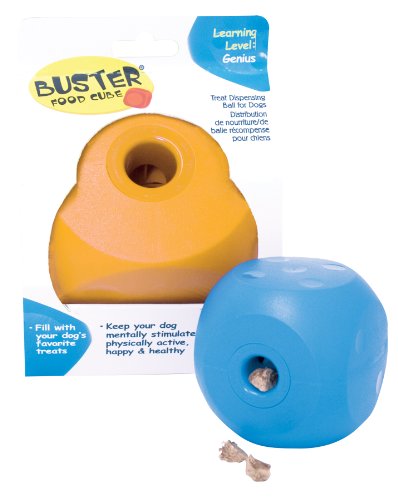 Staying Sharp
While some dogs are perfectl
Staying Sharp
While some dogs are perfectl
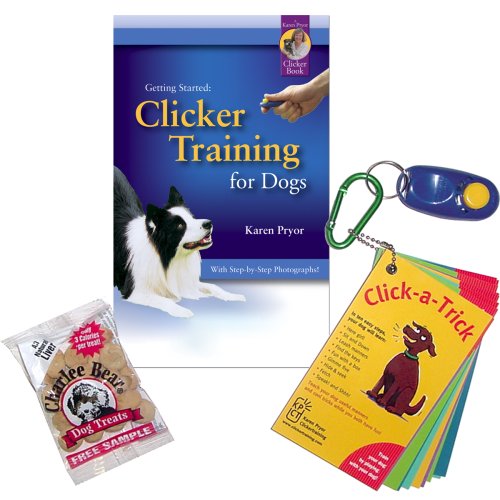 Basic Obedience Training for Dogs: What You Ought to Know
Credit: Fran Hogan
From: publicdomai
Basic Obedience Training for Dogs: What You Ought to Know
Credit: Fran Hogan
From: publicdomai
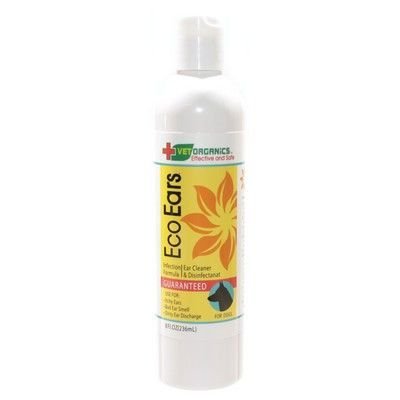 Stinky Dog Ears
My dog Sasha (pictured) has
Stinky Dog Ears
My dog Sasha (pictured) has
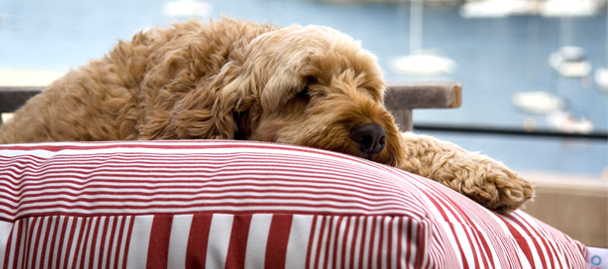 Advantages of Choosing The Right Orthopedic Dog Bed
Pets are very important in various households. This is
Advantages of Choosing The Right Orthopedic Dog Bed
Pets are very important in various households. This is
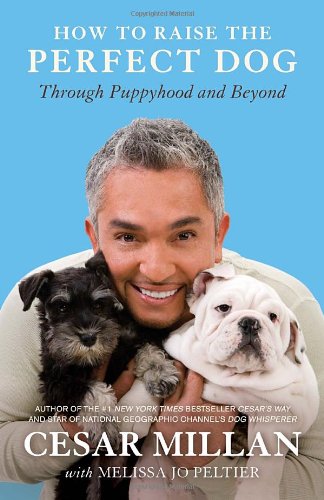 How To Stop A Dog From Escaping
We love our dogs. After all,
How To Stop A Dog From Escaping
We love our dogs. After all,
Copyright © 2005-2016 Pet Information All Rights Reserved
Contact us: www162date@outlook.com